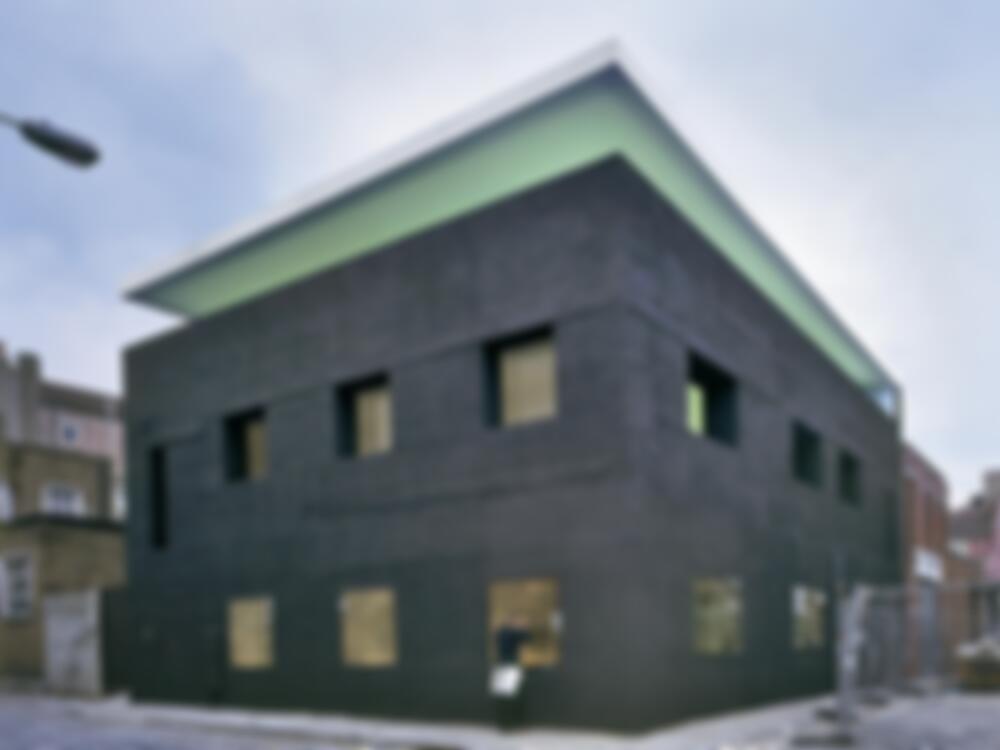Detail: In the book “Houses”, which appeared recently, one of the co-authors says: “You don’t have to be an architect to understand David Adjaye’s architecture.” What would you say to that?
Discussion: “Material Is Like Reading” – An Interview with David Adjaye
Issue
11/2005 Facades + Materials
Source
DETAIL

© Dirty House, London 2002, Foto: Lyndon Douglas

© Dirty House, London 2002, Foto: Lyndon Douglas